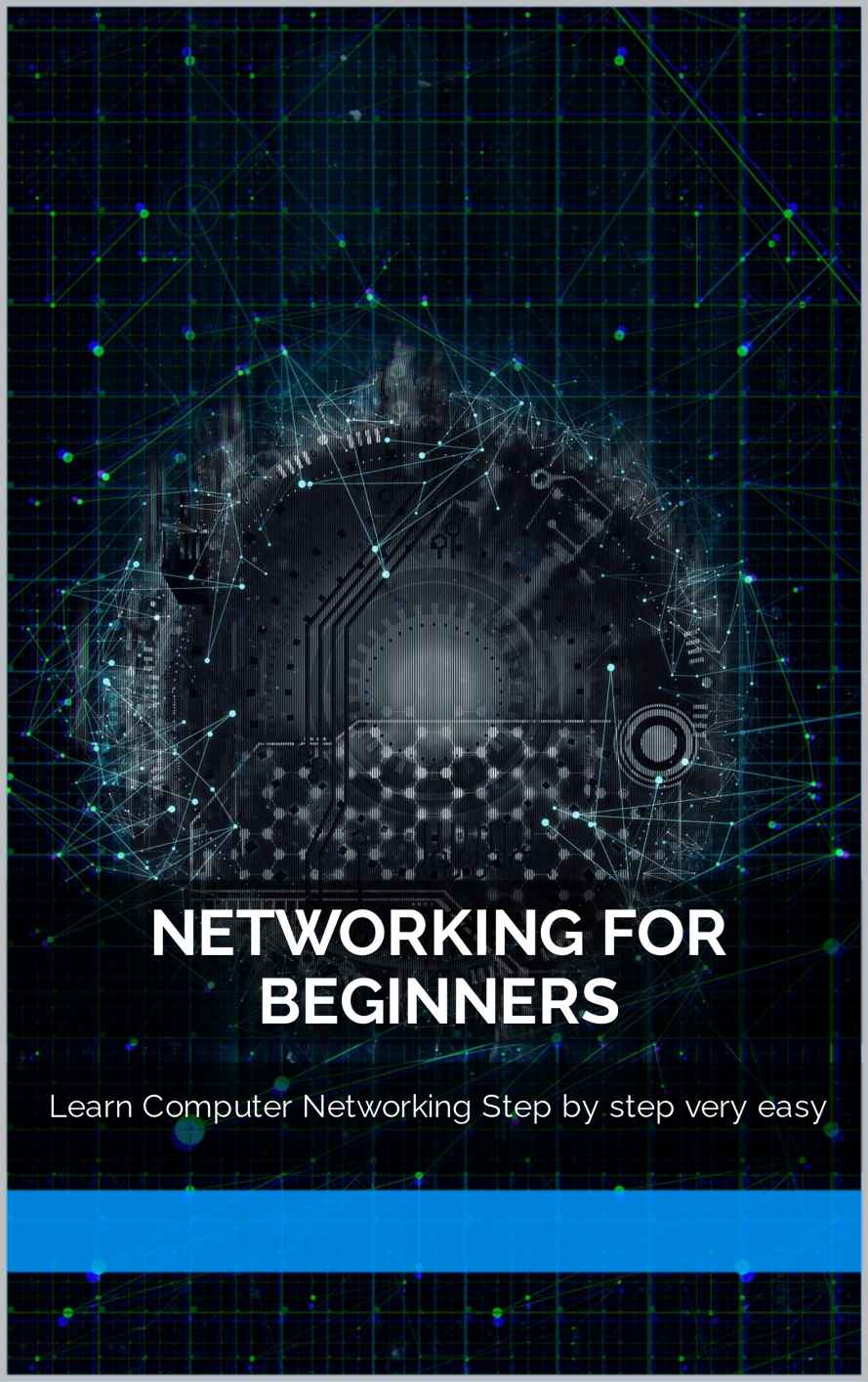

Most ebook files are in PDF format, so you can easily read them using various software such as Foxit Reader or directly on the Google Chrome browser.
Some ebook files are released by publishers in other formats such as .awz, .mobi, .epub, .fb2, etc. You may need to install specific software to read these formats on mobile/PC, such as Calibre.
Please read the tutorial at this link: https://ebookbell.com/faq
We offer FREE conversion to the popular formats you request; however, this may take some time. Therefore, right after payment, please email us, and we will try to provide the service as quickly as possible.
For some exceptional file formats or broken links (if any), please refrain from opening any disputes. Instead, email us first, and we will try to assist within a maximum of 6 hours.
EbookBell Team

4.3
8 reviewsComputer network is a term that refers to any group of computers that are linked to one another, allowing for communication among them. A network also allows member computers to share applications, data, and other network resources (file servers, printers, and many others).
Computer networks may be differentiated according to size, functionality, and even location. However, size is the main criterion with which computer networks are classified. Thus, there are a number of unique computer networks that we shall discuss individually under the subtopic Types of Computer Networks.
Network Topologies
A network topology refers to the arrangement and the way components of a network are interconnected. There are two forms of computer network topologies.
Logical Topology
Logical topology defines how linked network devices appear in a network. It is the architectural design of a network’s communication mechanism among the different devices.
Physical Topology
Physical topology can be said to be the way all the nodes of a network are geometrically represented. The following are the various types of physical topologies
Bus Topology
In this topology, all hosts on a network are linked via a single cable. Network devices are either linked directly to the backbone cable or via drop cables. When a node wants to relay some message, it relays it to the entire network. The message is received by all the network nodes regardless of whether it is addressed or not.